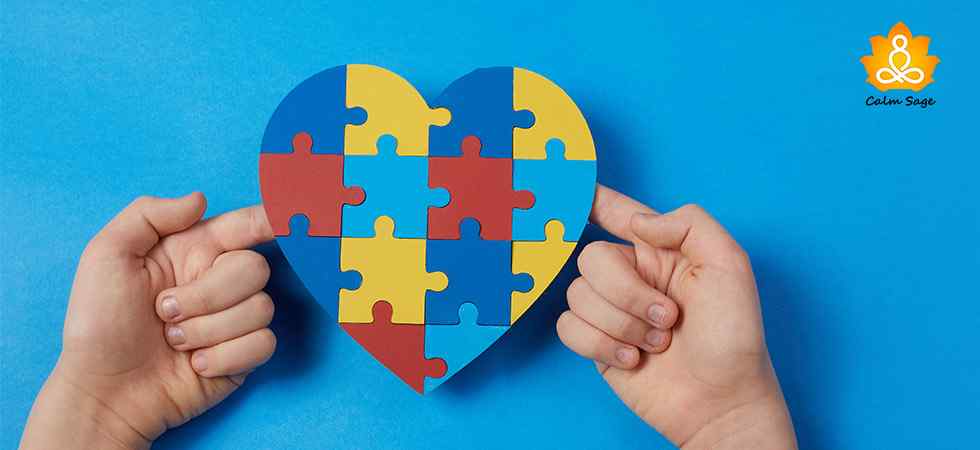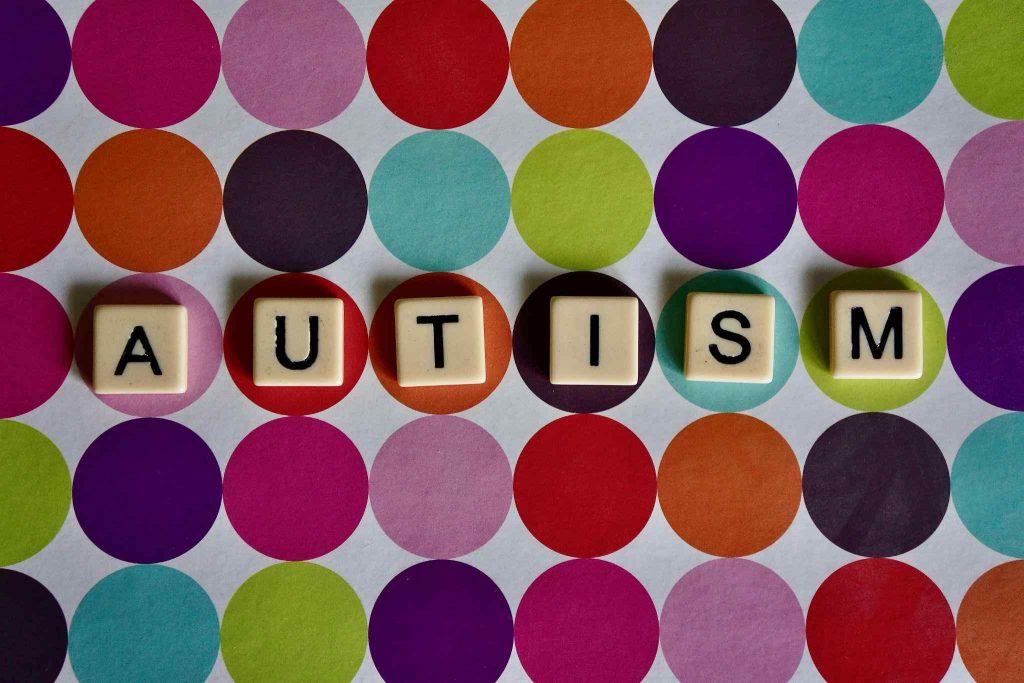Is Autism Overdiagnosed? This Is What Studies Suggest

What we know (or knew) about Autism has changed. In the last few years, the autism diagnosis rate has increased. If you only knew of autism a decade ago, now someone you know (or yourself) is diagnosed with autism or autism spectrum disorder.
Why? Why has the rate of autism diagnosis risen in the last few years? What changed?
A research study done by the Centers for Disease Control and Prevention and the University of Washington has found that this increase in diagnosis rate can be because autism, being the wide spectrum that it is, covers various symptoms and behavioral traits that can be challenging to diagnose. The increase in numbers can also be contributed by the increase in awareness about ASD.
In the study, it was also stated that 4% of children were helped when entering early therapy. The study also found that children with neurodevelopmental disorders or delays, attention problems, or other similar conditions were receiving an inaccurate autism diagnosis.
Let’s take a deeper look at this study below.
Why Has The Diagnosis Rate For Autism Increased?

In the CDC study, it was found that there has been an increase in autism diagnoses between 2000 and 2018. For example, in the year 2000, if every 1 in 150 people were diagnosed with autism, in the year 2018, every 1 in 44 people were diagnosed with ASD.
Many causes can be the contributing factors including the awareness of ASD, misdiagnoses, underdiagnosed, and more.
Clinical psychologists believe that there is less need to be concerned with the gap in autism diagnosis and put attributes towards the awareness and research being done on the disorder. What many experts believe is that while the features and traits of autism disorder have always been there, the misdiagnosis or under diagnosis was more.
While psychologists don’t believe that autism is being over diagnosed, they believe that milder manifestations or symptoms of autism are now recognized.
Of course, this can be attributed to the recent changes in the diagnosis criteria for autism.
The Chief Science Officer at Autism Speaks, Dr. Thomas Frazier says,
“What’s important to understand is that, with more people getting an appropriate diagnosis earlier in life, more people with autism are getting the care and support they need to be successful,”
And isn’t that wonderful?
Why Is Autism Being Diagnosed More?
1. A Better Understanding
In a recent analysis, it was found that the differences between autistic people and non-autistic people aka allistic people have lessened. This can also be considered a catalyst in the right autism diagnosis. This better understanding between the people with the disorder and others has led to a better autism diagnosis.
2. Rushed Autism Diagnosis
While an early diagnosis can directly support and help autistic people, in efforts to help them, sometimes the disorder can be rushed and people may receive the final diagnosis too early. Provisional diagnosis can include follow-up assessments to make sure the diagnosis is not too rushed or misdiagnosed.
3. Under diagnosis Of Autism
The rates of autism diagnosis may have increased in the last few years because earlier the milder versions of autism were misdiagnosed or underdiagnosed. Milder versions of autism can be something like masking. Masking means the ability to hide traits of a disorder, especially neurological disorders like ASD and ADHD.
Masking is real and can affect autism diagnosis as well. Many people hide their traits to avoid an autism diagnosis.
Autism Diagnosis Criteria: How It Has Changed?

Over the decades, the changes to the Diagnostic and Statistical Manual of Mental Disorders have occurred making the diagnosis criteria change as well. For example, in the early 1940s, autism was identified in children only but now, autism can be diagnosed at any age.
In the current edition of DSM (the fifth edition), there are separate conditions that exist under the Autism Spectrum Disorder:
- Autistic disorder
- Asperger syndrome
- Childhood disintegrative disorder
- Pervasive developmental disorder not otherwise specified (PDD-NOS)
The Autism Misdiagnosis
Yes, autism misdiagnosis is pretty common too. Even a non-autistic person can be misdiagnosed with autism disorder and an autistic person can be misdiagnosed with anything but autism.
The signs of being autistic can include:
- Trouble maintaining eye contact
- Minimal gestures
- Repetitive movements
- Attachment to strict routines
- Repeating words or phrases
- Getting upset over minor changes
- Delayed movement
- Excessive worry or stress
- Hyperactive, inattentive, or impulsive behaviors
- Unexpected emotional reactions
Sometimes these traits can be confused with symptoms of other psychological and neurodevelopmental conditions such as:
- Attention deficit hyperactivity disorder (ADHD)
- Avoidant personality disorder
- Reactive attachment disorder
- Obsessive-compulsive disorder (OCD)
- Schizophrenia
- Pragmatic communication disorder
This confusion can cause misdiagnosis of the autism disorder. Now, psychologists understand that autism exists on a spectrum and while some signs of autism can be clear as day, some can be subtle and not easily diagnosed.
The Right Autism Diagnosis

Autism can be diagnosed by evaluating behavioral traits. In the beginning, questionnaires and forms are used to compare notes and symptoms. If the signs of autism disorder do exist, then more tests are conducted including:
- Autism Diagnostic Interview-Revised (ADI-R):It’s a parent interview where the past and present behavior of the child are assessed.
- Autism Diagnostic Observation Schedule (ADOS-2): It’s an age-specific assessment where traits such as repetitive behaviors and communication problems are evaluated.
- Childhood Autism Rating Scale – 2nd Edition (CARS-2): This 15-question test for autism diagnosis is used to separate the signs of autism from other similar conditions.
Other tests such as motor skill tests, hearing tests, and vision tests are also conducted to appropriately diagnose autism.
Wrap Up
Autism is a spectrum disorder that means that each individual with autism may have different traits and behaviors. Some may have clear signs of autism while others may have more subtle signs.




















